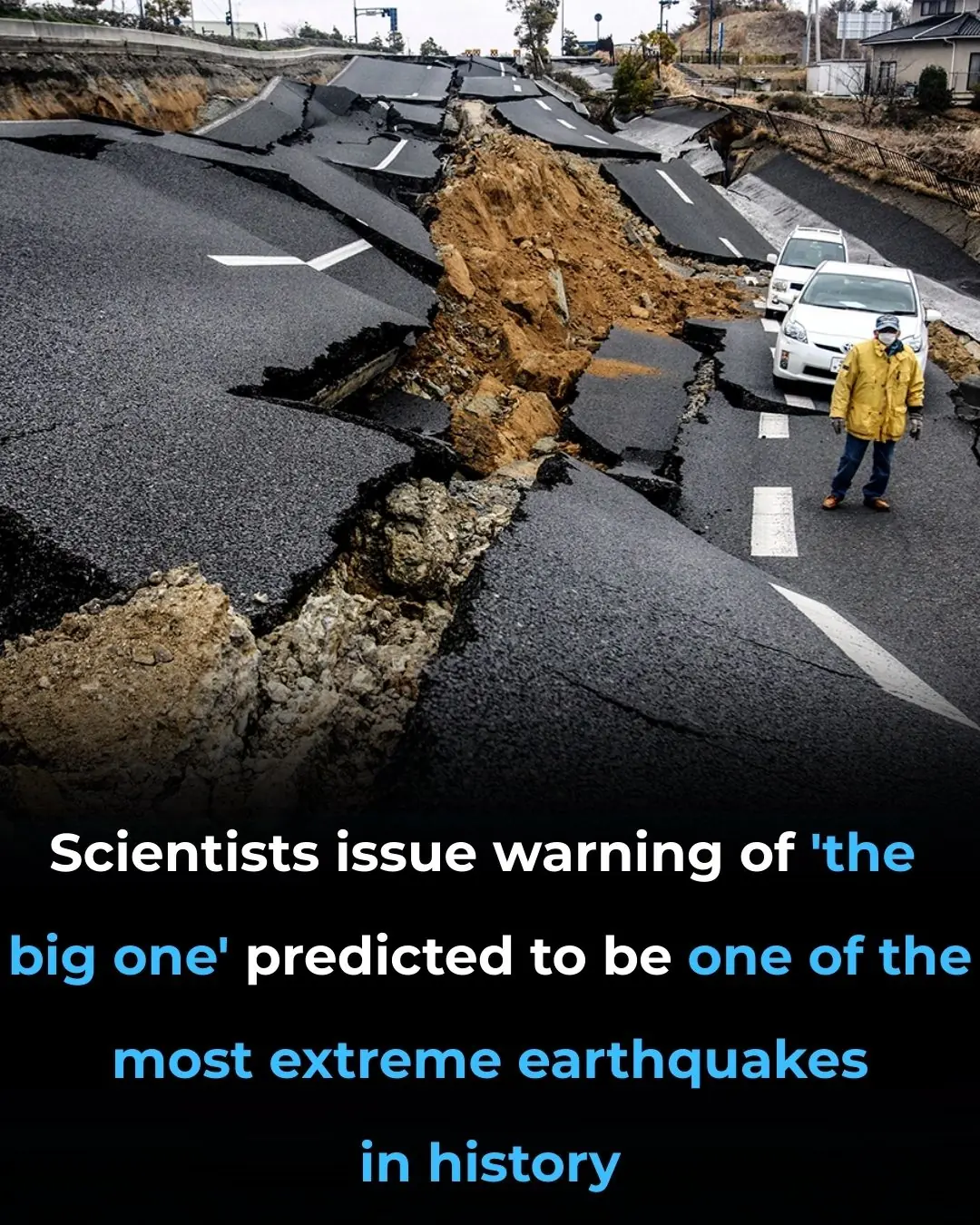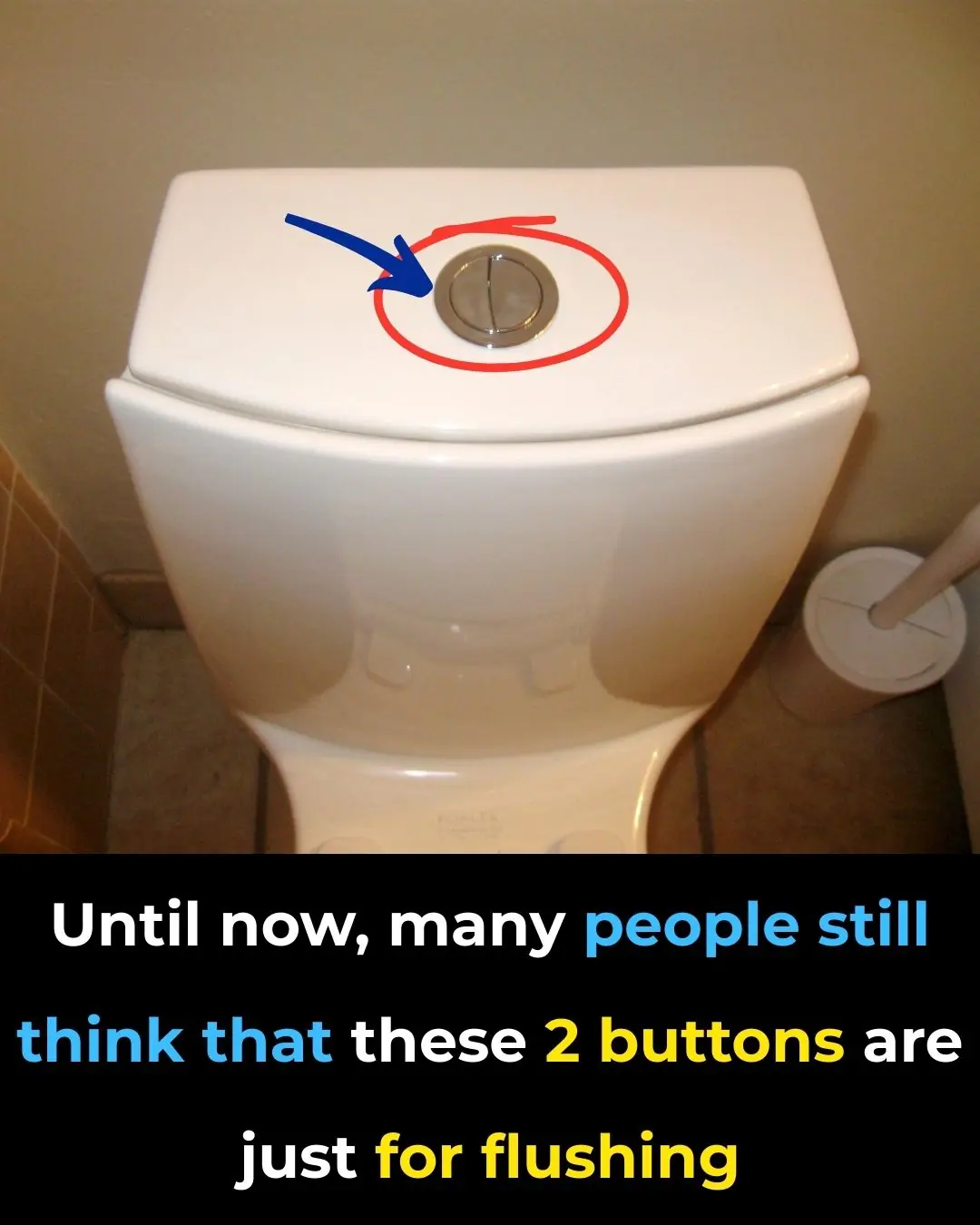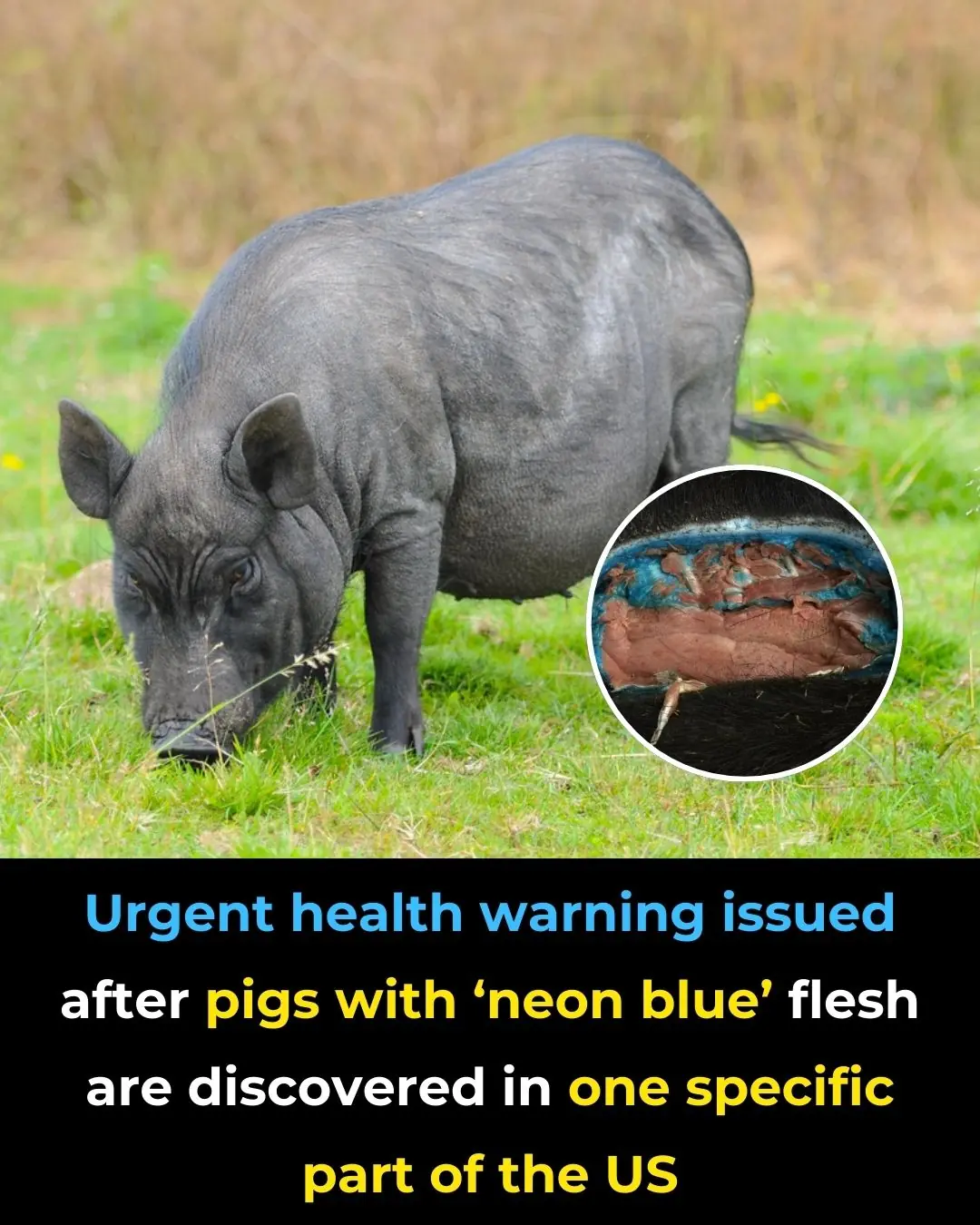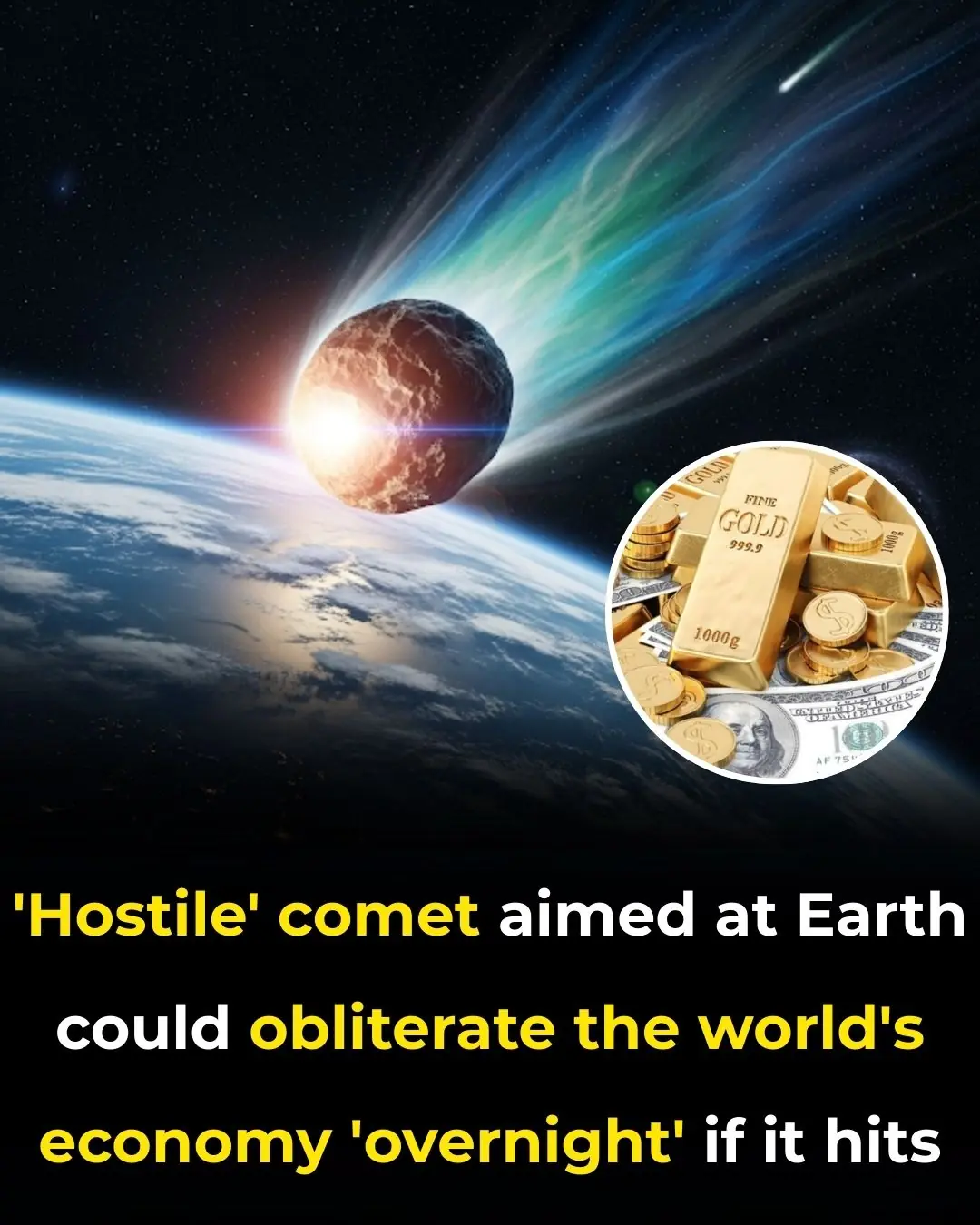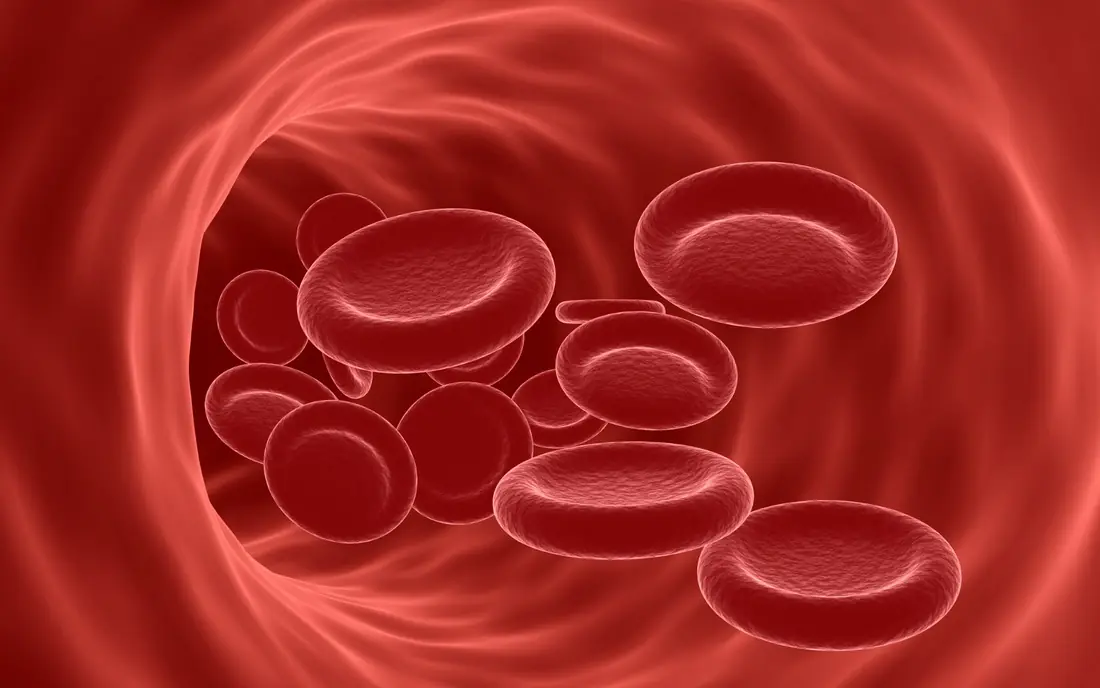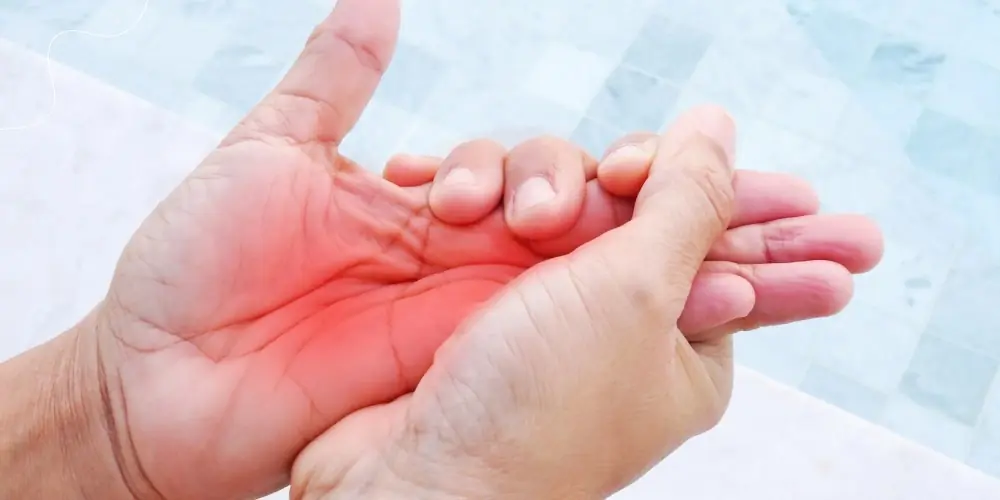Juneau, Alaska’s capital city, is currently battling the forces of nature as a massive glacier outburst threatens to flood the city. Water has already started flowing onto the streets, and with over 31,000 residents, the city is now under evacuation warnings as authorities work tirelessly to ensure the safety of the population.
Thankfully, the newly installed river barriers have proven to be a lifeline, managing to hold back the unprecedented levels of snowmelt and rainwater that were poised to flood the Alaskan capital. These barriers, though vital, are now part of the city's defensive infrastructure against the growing threat posed by the rapidly changing environment.
As if the constant threat of active volcanoes weren’t enough to worry about, Juneau's National Weather Service (NWS) office issued a stark warning regarding the flow of glacial outburst water into the Mendenhall River, which is causing widespread concern.
The outburst has placed many homes at risk, as water from the basin, which is dammed by the Mendenhall Glacier, has begun to escape. The Mendenhall Glacier, stretching an impressive 21.9 kilometers, is not only a popular tourist destination but has been continuously monitored by the Juneau Icefield Research Program since 1942. It has been observed to retreat by 4 kilometers since Mendenhall Lake formed in 1929, and by 5 kilometers since 1500, demonstrating a clear and rapid retreat that shows no signs of slowing down.
In recent years, particularly since 2011, there have been several glacial floods from the Suicide Basin, which drains into the downstream Mendenhall River. One of the most significant floods occurred in 2023, which tragically destroyed two buildings. In the past two summers alone, around 300 homes have been flooded, sparking fears that these glacial floods may become an annual occurrence as the glacier continues to recede at an accelerated pace.
Despite these challenges, Juneau’s city manager, Katie Koester, has praised the installation of the barriers, which she said “have really protected our community.” She added, “If it weren’t for them, we would have hundreds and hundreds of flooded homes by now.”
The Juneau city website explains that a glacial lake outburst occurs when the melting snow and ice in a glacial basin are rapidly released, which is likened to pulling the plug from a bathtub. When the meltwater rises to a critical level, it can overflow the glacier, which normally holds it back, creating a dangerous surge of water.
Although the Mendenhall Glacier is located 19 kilometers from Juneau, water levels reached a concerning 9.85 feet on August 13. As the water continued to rise, urgent messages were issued: "Don’t wait, Evacuate TONIGHT." The NWS reported that major flooding begins at 14 feet, but by Wednesday morning, levels had exceeded 16 feet.
Speaking at a press conference, meteorologist Nicole Ferrin explained: "This will be a new record, based on all of the information that we have."

The Mendenhall Glacier has been causing problems for years (Wolfgang Kaehler / Contributor / Getty)
This warning follows a state disaster declaration issued by Alaska Governor Mike Dunleavy at the end of last week, citing the "imminent threat of catastrophic flooding from a glacier lake outburst flood (GLOF)" in Juneau.
The city's strategic response has been to deploy 10,000 ‘Hesco’ barriers, essentially giant sandbags, to protect over 460 properties. These barriers have managed to withstand some pressure, although water has seeped into yards through drains installed beneath the barriers, and floating debris, including trees, has caused additional damage. Despite these challenges, the barriers have remained largely effective in preventing widespread destruction.
However, this is not just a local issue. With Alaska’s average annual temperature rising by 3.1°F over the past century, the state is warming at twice the rate of the rest of the USA, according to the National Oceanic and Atmospheric Administration (NOAA). Alaska’s glaciers are among the fastest-melting in the world, and as temperatures continue to rise, the risk of more frequent and intense flooding caused by melting glaciers only increases, highlighting the need for long-term solutions and proactive measures to protect the people of Juneau and the entire state.
